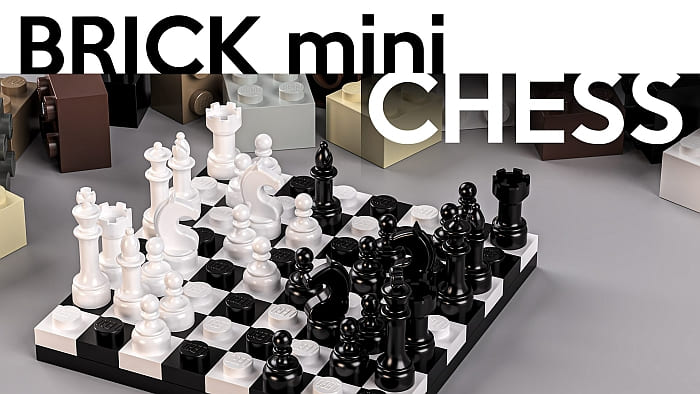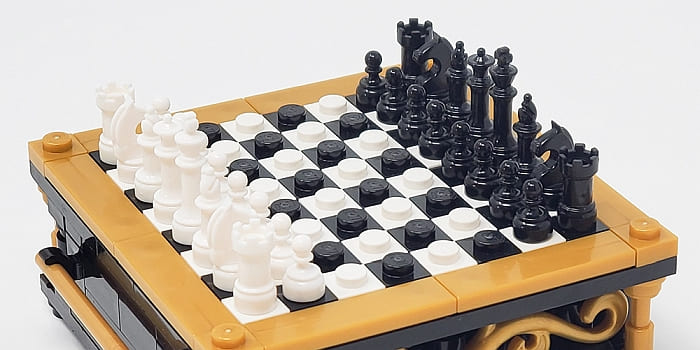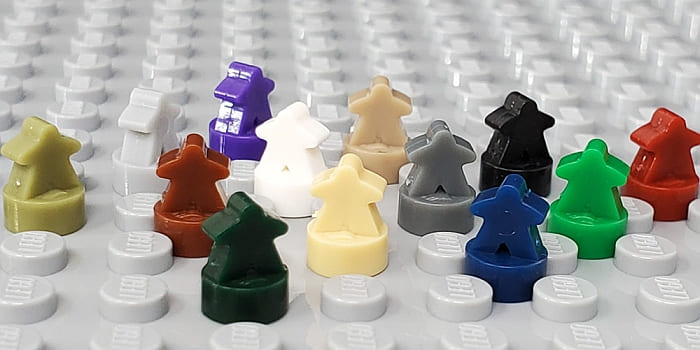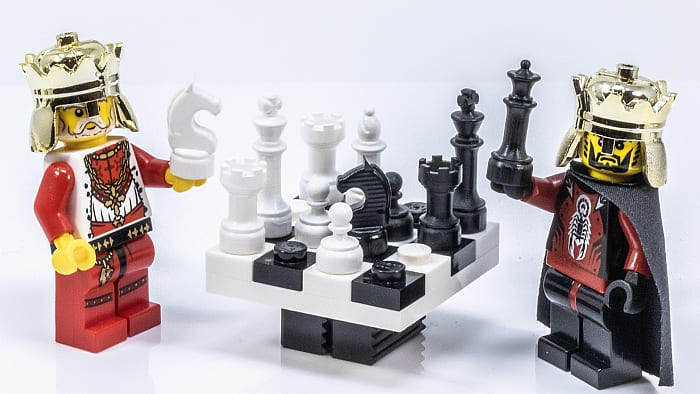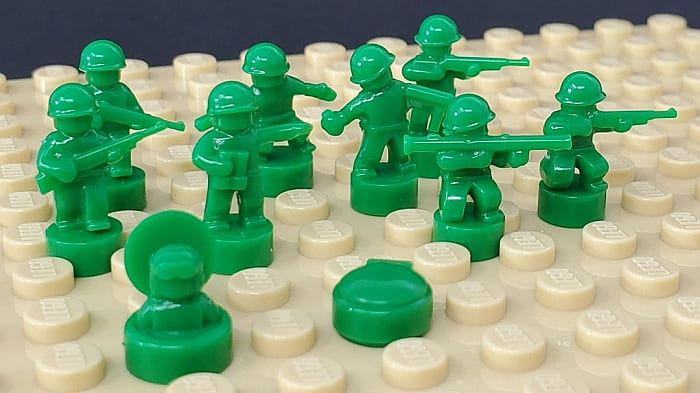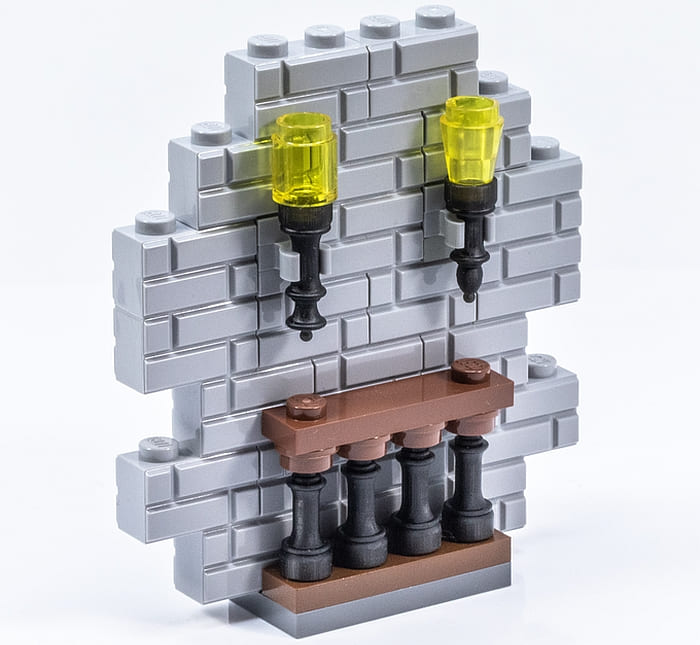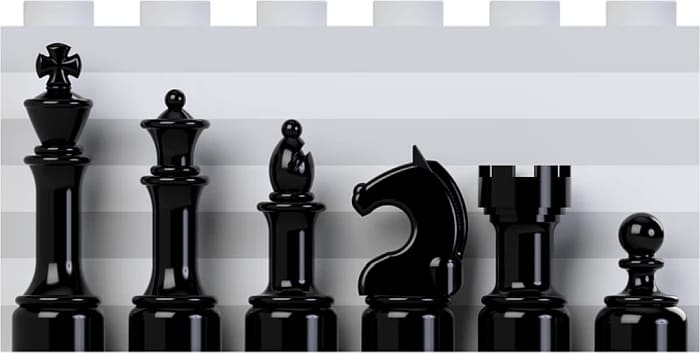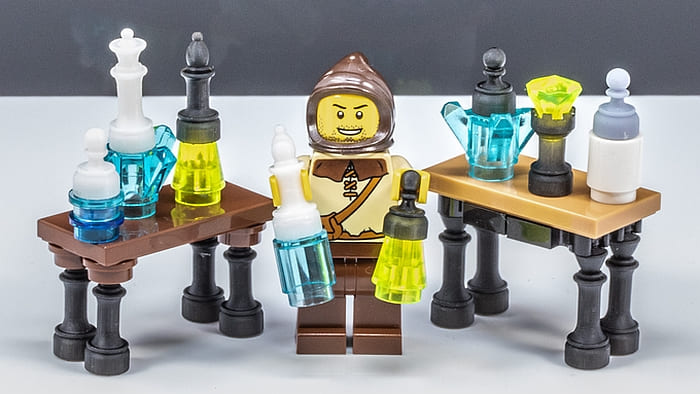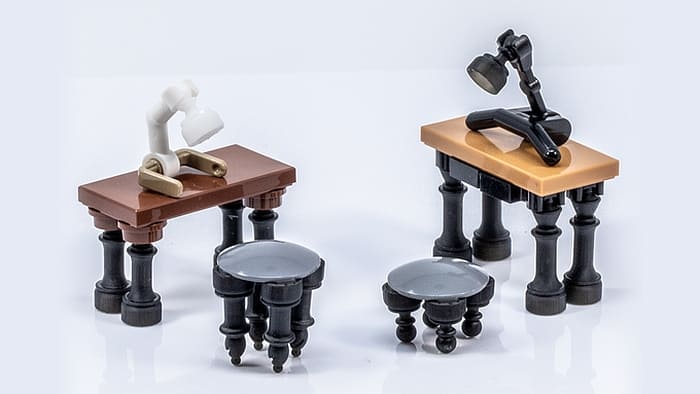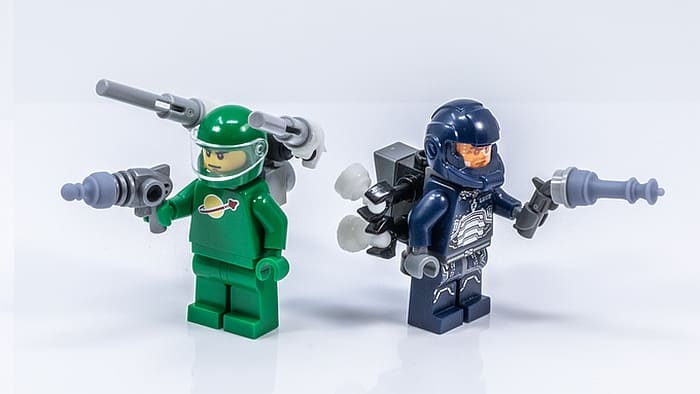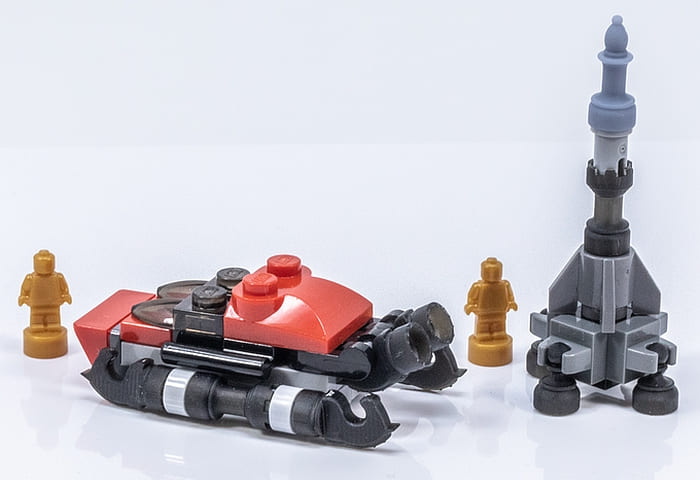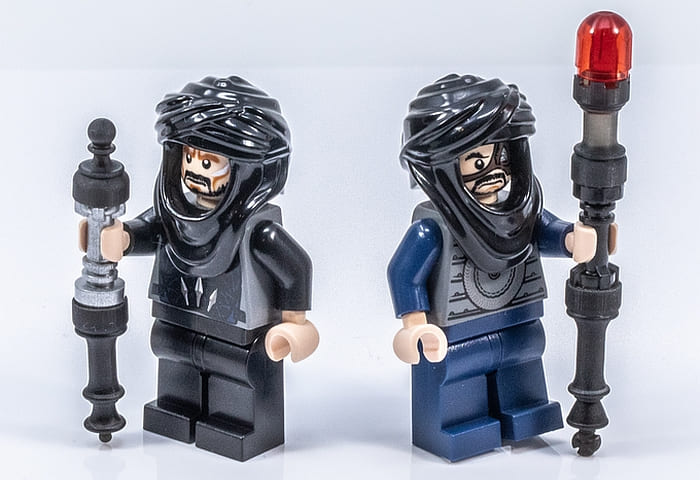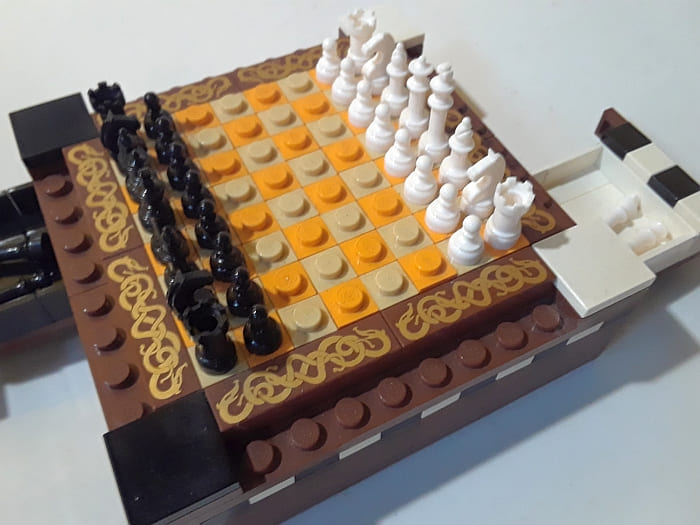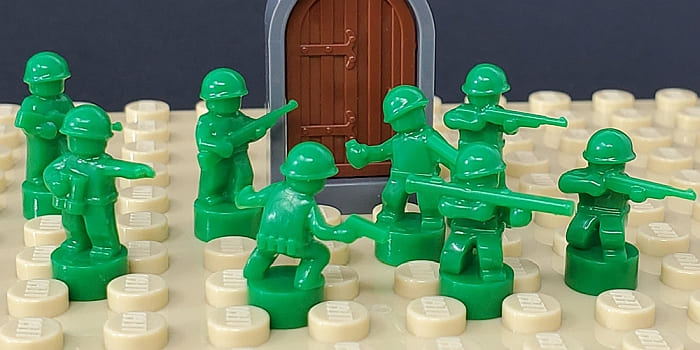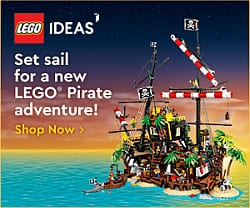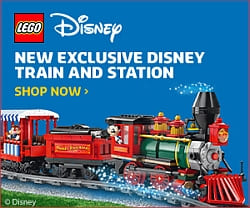You might remember that back in July, the LEGO Group was launching a fan vote for a new LEGO book aimed at adult LEGO fans, which was the result of a survey they conducted a year prior. The results of the survey are now in, and the book is now entering the next stage of being published. Below are the details.
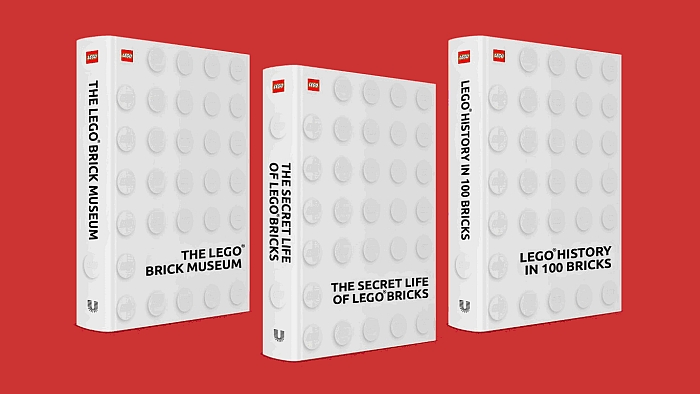
Unbound is excited to announce a major new initiative with AMEET, the LEGO Group’s global strategic publishing partner, to launch the first official direct-to-consumer book created in partnership with Adult Fans of LEGO (AFOLs).
Unbound was founded in 2011 by writers Dan Kieran, John Mitchinson and Justin Pollard. The first publisher to use crowdfunding, Unbound’s mission is to disrupt the industry by bringing authors into direct communication with readers and delivering books that don’t fit the mould. The publisher is best known for its Man Booker Prize long-listed experimental novel The Wake, the Sunday Times bestselling Letters of Note, and the winner of the 2016 BAMB Readers Choice Award, The Good Immigrant, a ground breaking collection of essays on race in the UK.
Developed with input from a group of AFOL ambassadors and voted for via a public competition on LEGO Ideas, The Secret Life of LEGO Bricks is a LEGO history like no other. Showcasing the extraordinary variety of LEGO elements, from monorail tracks and wheels to smart bricks, the Mask of Life from BIONICLE, and many more, The Secret Life of LEGO Bricks will feature interviews with the designers, managers, and technicians who brought them to life, as well as artifacts from the LEGO Archive in Billund, Denmark.
The book will be written by Daniel Konstanski, the US Editor for Blocks Magazine and a passionate, lifelong LEGO fan. He is an ardent student of the LEGO Group, its portfolio of beloved products, and the AFOL community, having researched and written hundreds of articles covering every aspect of the hobby. Daniel is considered one of the most knowledgeable and authoritative voices in the fan community on the company and its products.
This is an exclusive, once-in-a-lifetime opportunity to own a piece of LEGO history; The Secret Life of LEGO Bricks will only be available through Unbound, and every fan who pre-orders will get their name printed in the back of the book. A range of additional must-have rewards from the LEGO Group include a print of the famous LEGO wooden duck dating from 1958 and retired LEGO sets retrieved exclusively from the ‘LEGO basement’, with more to be revealed.
Robin James Pearson, Head of Publishing at the LEGO Group, said: “We are thrilled to be working closely with the AFOL community to identify, co-create, and publish unique books that satisfy the great thirst for knowledge of our adult fans. There have been a number of books published about the LEGO Group and the LEGO brick over the years, but this is the first time we have had the opportunity to work directly with the adult fan community to discover what titles they would like to see on their bookshelves.”
Unbound CEO Dan Kieran said: “Unbound is a global publishing platform where superfans can come together to fund books that are too niche for the conventional mainstream marketplace. Along with the book itself, Unbound and their partners also create exclusive merchandise, experiences, or tickets to events that will not be available in any shops. We’re thrilled to be opening up Unbound to an iconic, global brand like the LEGO Group.”
AMEET Vice President and Publisher Eric Huang said: “This collaboration with Unbound allows AMEET to expand its publishing to a new audience, reaching adult fans for the first time. We hope this is the start of a long and successful publishing venture.”
In the video below, author, Daniel Konstanski, will talk more about the book and what you can expect, as well as the exclusive pledge rewards such as rare and retired sets and limited edition art prints that you can get along with the book.
The crowdfunding campaign launched on August 17th and will be accepting pledges until early 2021. Books are expected to arrive with pledgers by spring 2022. This truly is a book for AFOLs, by AFOLs, with the full support and involvement of the LEGO Group. More details can be found at the project page on Unbound here: Unbound.com/Books/LEGO/
What do you think? Is The Secret Life of LEGO Bricks a book you’re interested in? Are you planning to pre-order it? Feel free to share your thoughts and discuss in the comment section below!
And you might also like to check out the following related posts:
- More Books with Simple LEGO Projects
- Brick Book Series with More LEGO Instructions
- Instruction Books with Simple LEGO Bricks
- LEGO Build Your Own Adventure More Books
- 365 Things To Do with LEGO Bricks Big Book
- Build a Lot with a Little: Tiny LEGO Wonders (book review)
- New Book with More LEGO Ideas Birds
- LEGO Books: Brick Vehicles & Brick History
- New LEGO Ideas & LEGO Adventure Books
- The Art of the Brick by Nathan Sawaya (book review)
- Nature with Bricks: Beautiful LEGO Wild! (book review)
- LEGO Brick City, Brick Wonders, Brick Flicks (book reviews)
- The LEGO Neighborhood Book – Review
- LEGO Book – LEGO Space: Building the Future
- The LEGO Build-It Book: Amazing Vehicles


